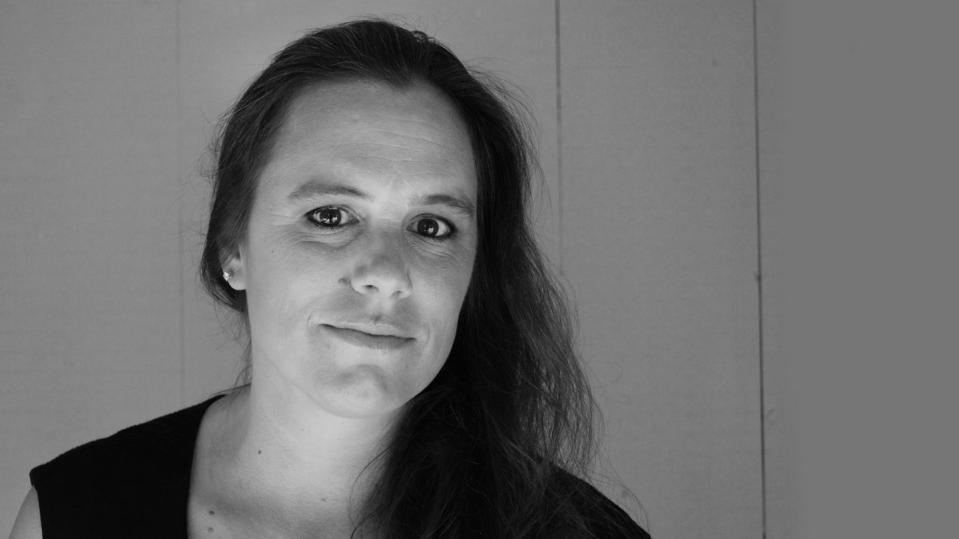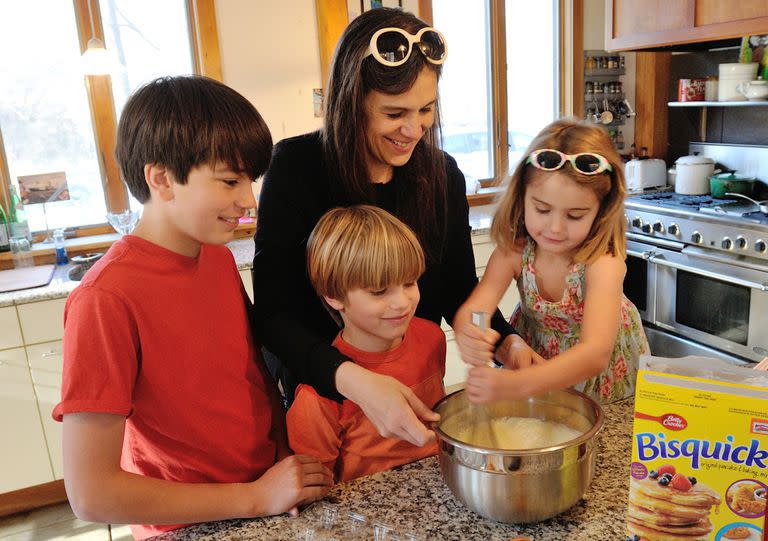I Lost a Baby at 33 Weeks — Now I'm Fighting to Spare Others the Same Pain

"I'm sorry, I don't see any heartbeat."
Those words hit me, lying on an examination table, shirt up, paper crumpled under me.
I am about 33 weeks pregnant. I cannot understand what my doctor is saying. Her words roll over me. I try to grab for context, translating each word individually to tease apart the collective meaning. The truth slowly emerges. It distills itself. Pixel-by-pixel, like a photo in a lab, a new reality comes into focus.
I stare at an image, still, on the sonogram screen.
"I'm sorry, I don't see any heartbeat," she repeats.
I absorb this sentence again as a body blow. I feel concussed. There is a dimension of extreme shock wherein people numbly mumble, "what?" as if asking again will back us into a receding, elusive before. Before when my baby was breathing inside me, healthy, fine.
My doctor indicates a grayish streak on the sonogram screen. "That's placental abruption," she says in medical speak, but kindly.
The placenta, that vital organ to which we were all once attached, takes on great significance - but usually only when pregnancy fails. In the white light of a hospital labor and delivery floor, the placenta is quickly upstaged by the squalling, trembling infant it has successfully nurtured and delivered.
When things go wrong, the placenta can hold the promise of answers, clues, and as much closure as is possible in such circumstances. Yet a placenta very often ends up in medical waste without much thought given to its defining role in pregnancy. But what if science could unlock answers and reduce unbearable loss?
After all, the way the placenta develops and functions is key to outcomes for mother and baby. In a typical pregnancy, the placenta attaches to the mother's uterus and does its job, ferrying oxygen, blood, and nutrients from mother to developing fetus. It's complex and miraculous when it works as it should.
But, sometimes, it may be partially or completely separate. Depending on the extent of the separation, this may result in serious health complications for both mother and fetus, such as placenta abruption, which is what happened to me.
When a pregnancy ends, often there is an assumption that little could have been done to prevent the loss. But for me, and many other stillbirth survivors, knowing why things went wrong can help tremendously and hopefully prevent future complications.
Researchers are currently working to find ways to detect problems earlier and develop methods to prevent or mitigate complications - but this is no easy task, because, unlike other organs, the placenta's structure and role changes throughout pregnancy. So scientists must first develop better methods to monitor the placenta - which is what the Human Placenta Project (HPP) aims to do.

The HPP, run by the Eunice Kennedy Shriver National Institute of Child and Health Development, part of the National Institutes of Health (NICHD/NIH), is supporting research on the placenta in real time, non-invasively, hoping to better understand typical (as well as abnormal) development and function. The work of this initiative has tremendous potential for reducing maternal morbidity and stillbirth rates by establishing/designating markers of "normal" and "abnormal" placenta development.
"Although it's still early, there have already been advances in imaging that offer new insights into how the placenta channels blood and oxygen to the fetus," says Dr. David Weinberg, who leads the HPP. "For example, researchers at Harvard University are studying the function of the placenta using Magnetic Resonance Imaging (MRI), seeing the placenta in real time, non-invasively." The HPP is also funding research to extend ultrasound potential.
In 2016, the AP reported that scientists at the Children's National Health System are using 3-D bioprinting to develop a "living" model of the placenta. This will help doctors better understand cells called trophoblasts (which make up the placenta's outer layer and insert themselves into the wall of the uterus in order to increase blood flow to the fetus), so he or she would be able to tell early on whether a woman is at risk of developing placenta-related conditions.
Other researchers are focused on identifying predictive measurements that can be detected by standard tests, similar to the way we monitor blood sugar in diabetes. "A simple blood or urine test that could indicate how the placenta is doing would be a powerful, easy, and cost-effective tool for following pregnancy," Dr. Weinberg says.
In the case of placenta abruption, understanding if the abruption begins early in pregnancy with abnormal invasion into the uterus, or with certain metabolism changes, may allow scientists to predict the outcome, with the ultimate goal of this being interventions that would prevent the abruption. All of these advances may eventually give doctors new tools to effectively monitor, and possibly treat, complications in pregnancy - before they result in tragedy.
When I see babies or children in a playground, I see presence where there might have been absence. The fossilization of grief is etched upon parents. It marks me still.
I had a child before loss, and I had two children afterwards. I carry masses of gratitude with me always, but this gratitude is tinged by post-traumatic stress disorder I struggle to manage. I'm hyperaware of the sheer number of things to go right in a pregnancy to produce a normal healthy newborn. I avoid too much talk about pregnancy with expectant friends. I'm not comfortable in their world.

Women and men who lose pregnancies often feel alone. There is the taint of stigma and a reticence to talk openly about this kind of reproductive loss. People who try to convey their experience very quickly discover that it's often best to guard grief. People rarely discuss pregnancy or infant loss as completely as they might. It's frightening to us to do so. Parents then hole up.
Last summer, I had the pleasure of addressing the 4th annual Human Placenta Project conference at the Eunice Kennedy Shriver National Institute of Child Health and Human Development (NICHD). I stood before a room of internationally renowned scientists who were sharing research and information. The hive mind was buzzing, the energy was fast and furious. I stood on a stage and I looked out at a sea of faces whose entire purpose was to spare others the pain I had endured.
In the more than a decade since my loss, I had never felt supported as I did in that room and on that day and in that company. When I was finally alone, I wept. My tears were happy ones in a sense. At the thought that grieving parents are not as alone as they feel. At the evidence that medical science is working hard to understand what happened to us.
Follow Redbook on Instagram.
You Might Also Like

